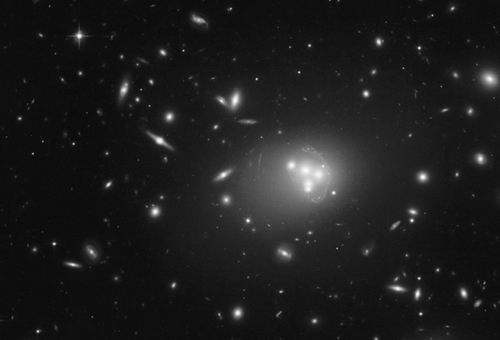[China Instrument Network Instrument Development] According to the theory, most of the universe is composed of invisible “dark matterâ€, and due to the gravitational force between them, the cosmic galaxy is kept in equilibrium.

According to various indirect observations, scientists estimate that dark matter is more than five times normal, but so far no direct evidence of the existence of dark matter has been obtained. The search for dark matter particles is an important frontier field in the basic sciences of the world today. Scientists in Europe, the United States, and China are highly competitive.
Recently, a press conference was held at the University of Zurich, Switzerland, saying that Xenon-Kollaboration, an international cooperation program for the search for dark matter, is the world leader in this field. According to reports, 30 days after the Xenon-1T, a new detector jointly built by universities in Europe and the United States, was put into use, the sensitivity of the detector exceeded that of all other detectors.
The Xenon-1T detector is located at the Gran Sasso National Laboratory in Abruzzo, Italy. At depth of 1400 underground, the detector uses 3,200 kilograms of liquid helium. (Dark matter particles collide with helium nuclei to generate a unique energy signal that can be detected. The existence of dark matter).
Xenon-1T is already the third generation of detectors. The previous generation was the Xenon100 detector. It was the world leader in the search for dark matter particles for many years. The international scientific research team conducted a new design of the shielding of the device and selected new materials, which greatly reduced the influence of background electromagnetic radiation noise and improved the detection sensitivity by several orders of magnitude. Based on the size and sensitivity of the Xenon-1T detector, scientists are optimistic about the prospects of discovering dark matter particles in the coming years.
(Original Title: New Detector Xenon-1T Helps Find Dark Matter)